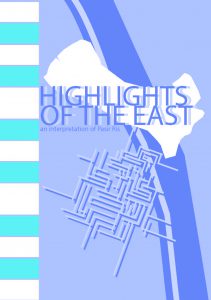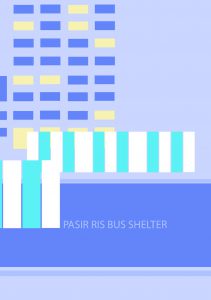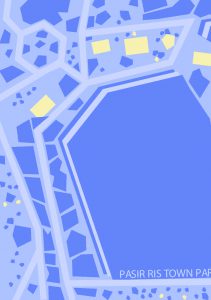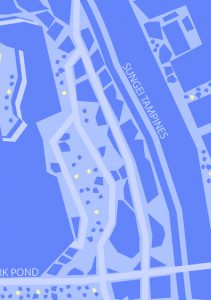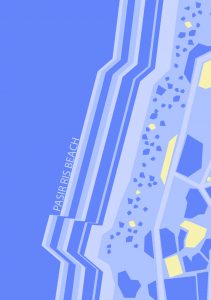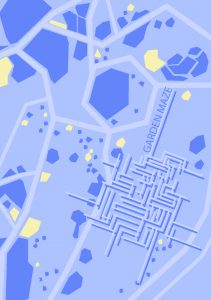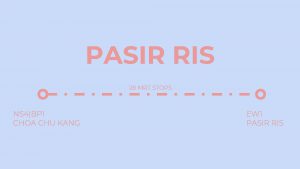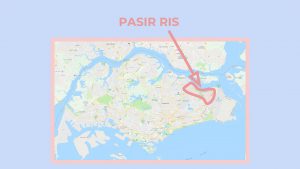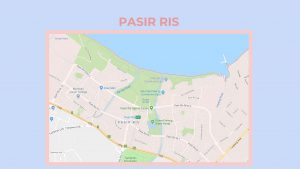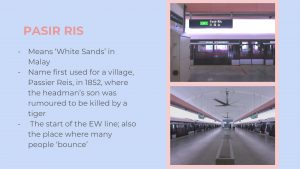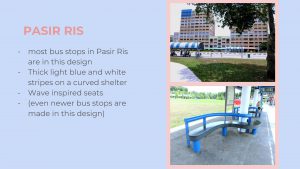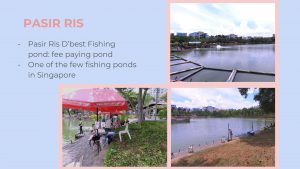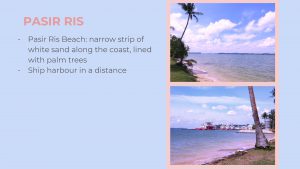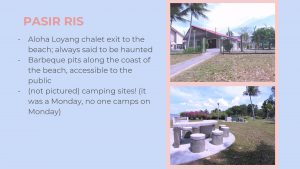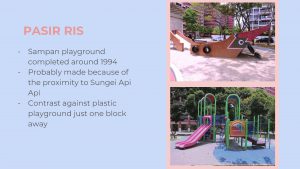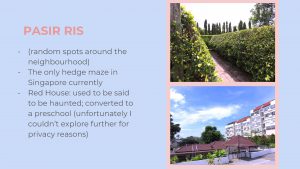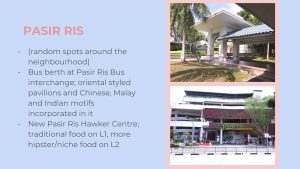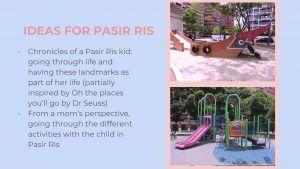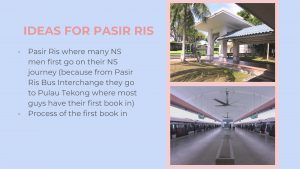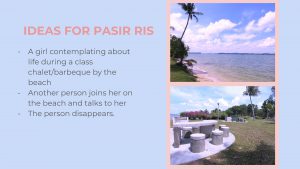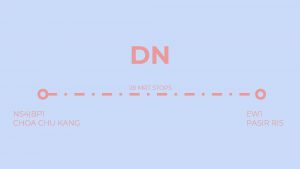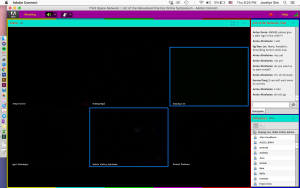For the final project, my group wanted to relinquish our control over our digital identity, and let the ‘world’ decide our day in our life. We managed to do this by allowing our instagram followers to send in suggestions for the project, on where we should head to, or what we should do next.
At first when we came up with the idea, we wanted it to be a two team event, where we allowed each other’s team to decide what we should do. Eventually, we did away with this two team idea because of the confusing and unnecessary logistics that we would have to deal with, instead of focusing on the essence of the project, which was to relinquish our control over our digital identity. Another idea we had was to use our personal accounts for the project, but after much deliberation we decided that spamming just one group of our friends (we all share different groups of friends) was unfair to them, and would be quite rude. So we decided to create a brand new account for this project: a fresh slate of digital identity that the followers could shape. All five of us shared our trailer (inspired by Carla Gannis’ Until the End of the World) via our personal instagram and tagged the Project Social Life (PSL) account: the people who were interested would hop over to the PSL account to decide our fate for the day. This was a win-win situation where people who were interested who be able to follow this fresh account, where the five of us share a digital identity, and people on our personal accounts wouldn’t be spammed unnecessarily. More than 110 people viewed our very first story, and almost 50 people followed through our entire journey throughout the day.
I think it’s interesting that all five of us share the same account- all five of us were using the same account to document different parts of our day, but all of it was going under the same name. The digital identity of this account was undergoing very different changes throughout the day- from the font that we chose to use, to the way that we film or what we chose to film/document, all of this was getting shaped by five of us. What’s intriguing is that some people may be more dominant in the account than others, and would sway the digital identity closer to their personal digital identity.
We tried getting back our control over our digital identity but deliberately ‘ignoring’ certain requests that we got from the people following our adventure via Instagram. Some were pretty ridiculous like climbing a tree and exchanging tickets for the number of the staff at the arcade, and we were really hesitant about them. This experiment only goes to show how much we value our identity in public, even though we will probably never see the strangers on the street again.
Overall, this final project forced us to get to know each other as a group, as well as our limits on what lengths we are willing to go to for fear of our digital identity.


